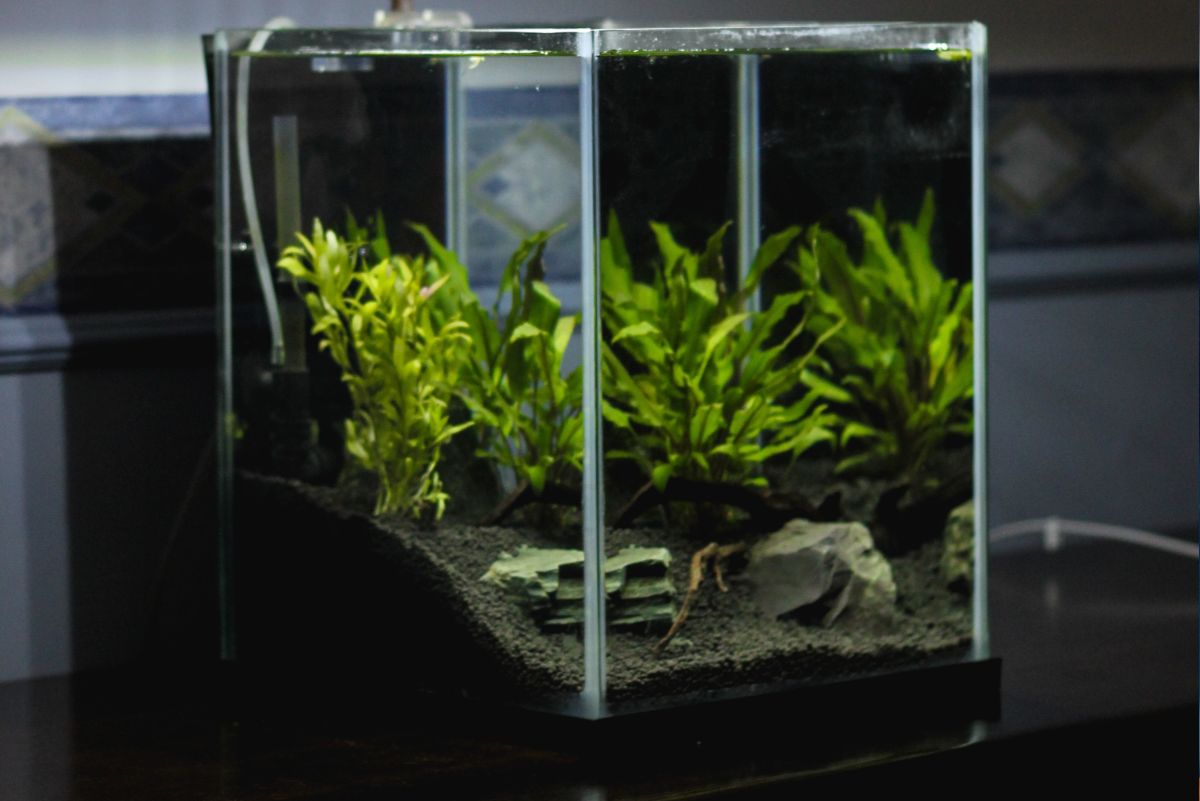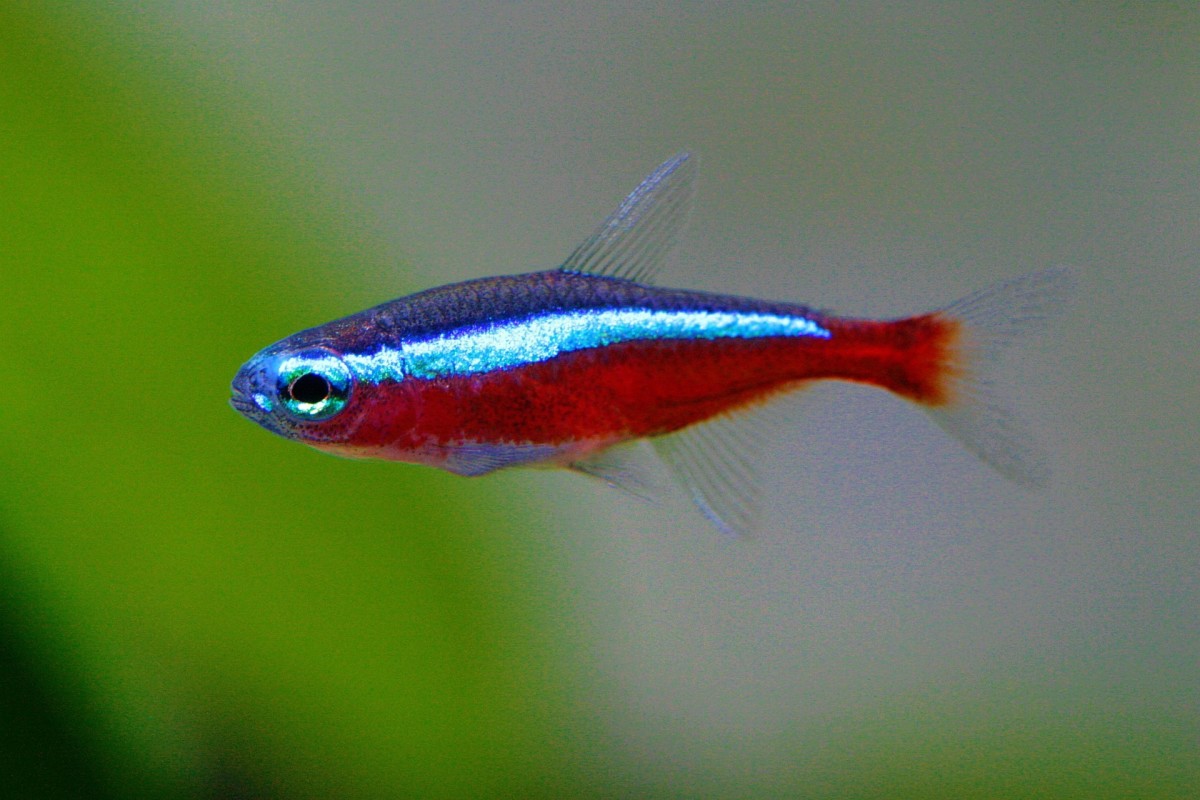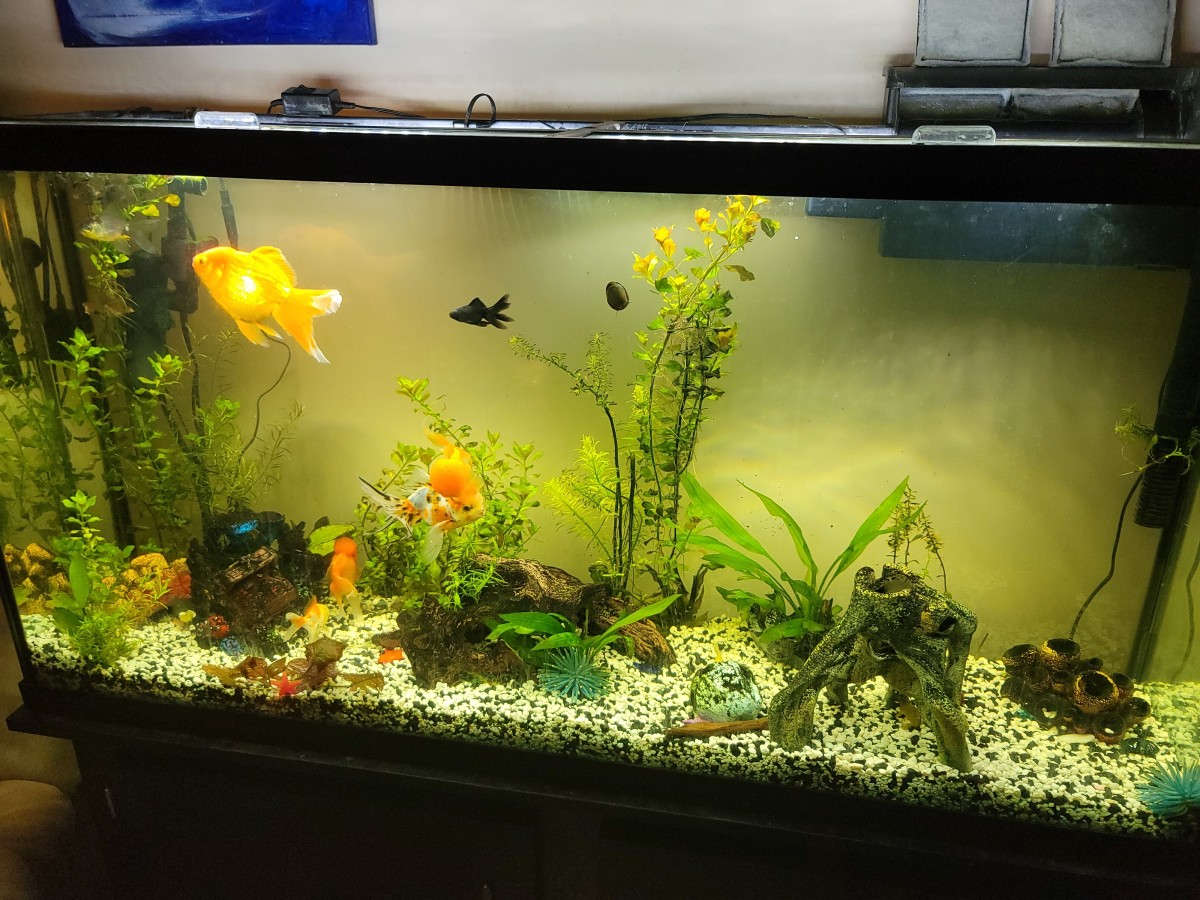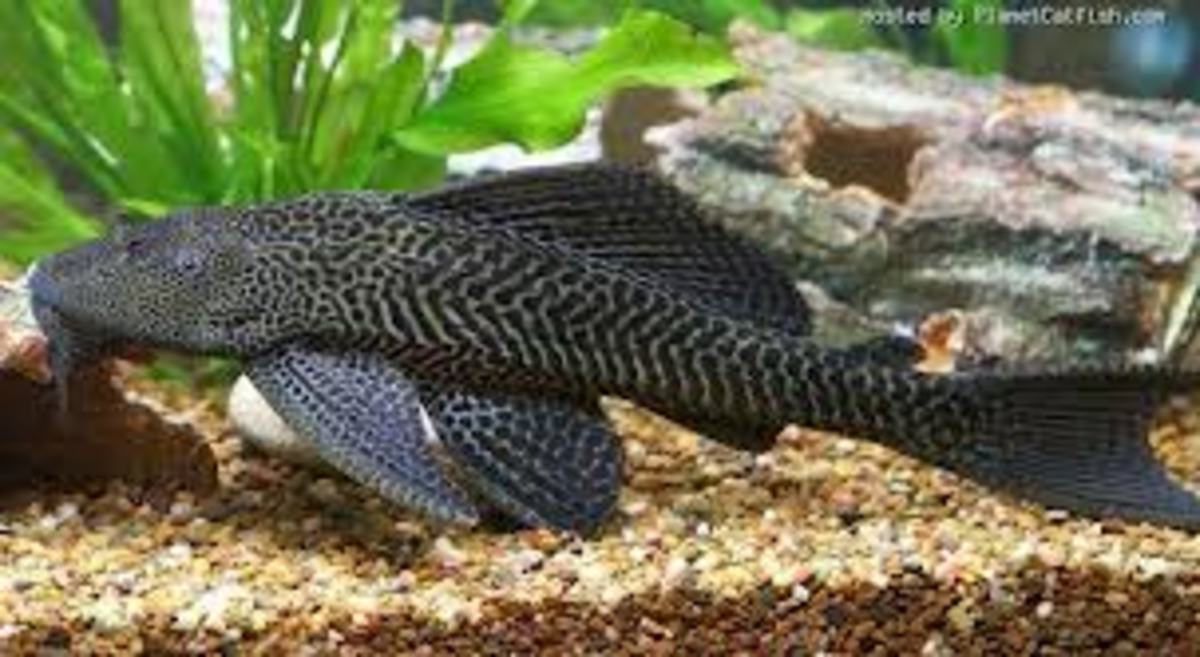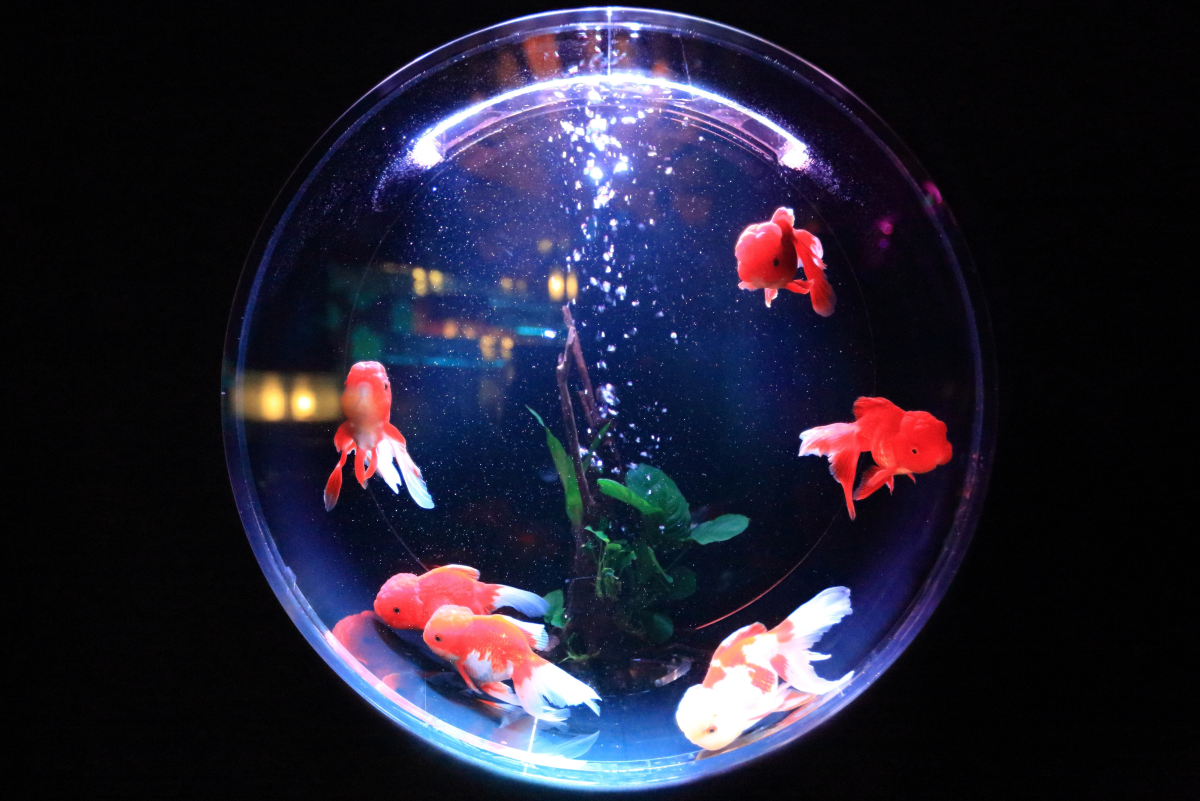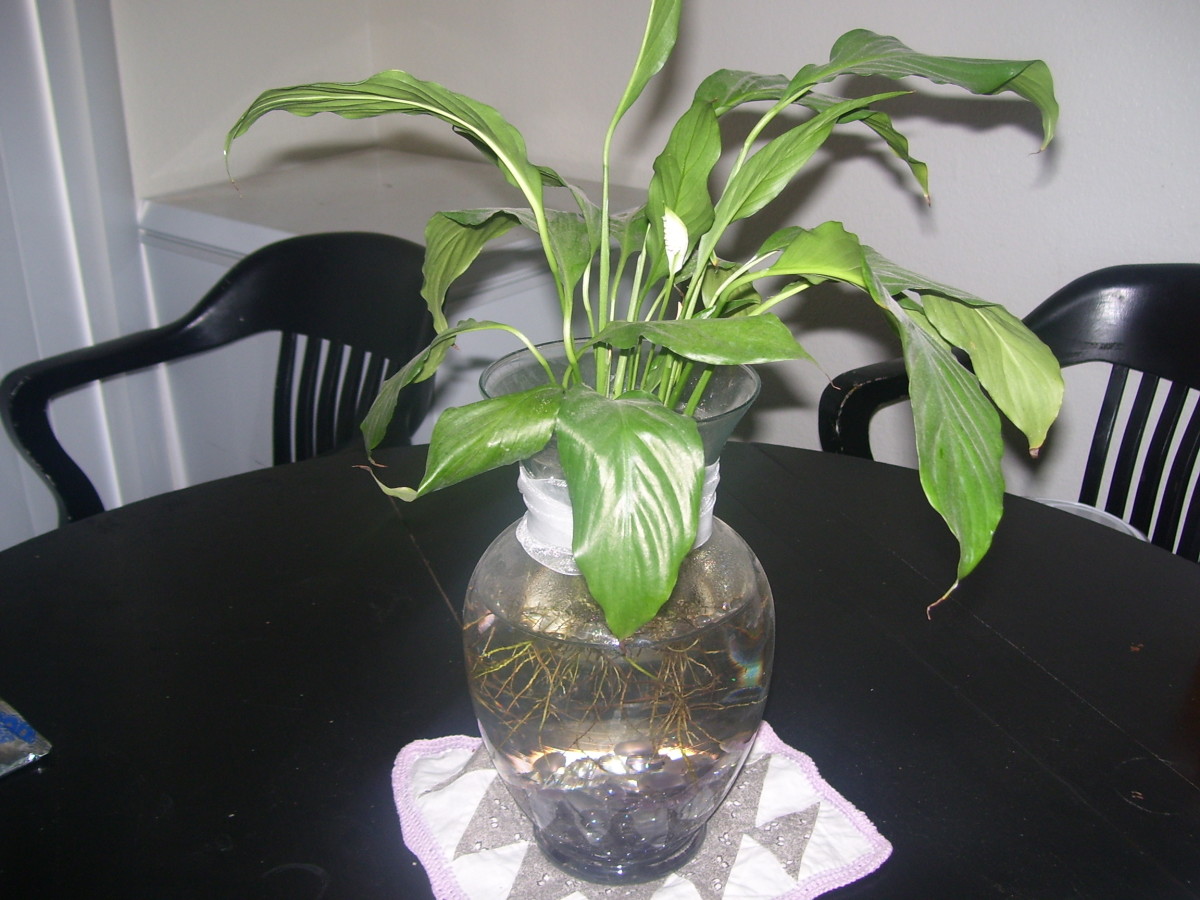- HubPages»
- Pets and Animals»
- Tropical Fish & Aquariums»
- Aquariums & Fishbowls
Aquarium Basics - Utilizing a Hospital Tank
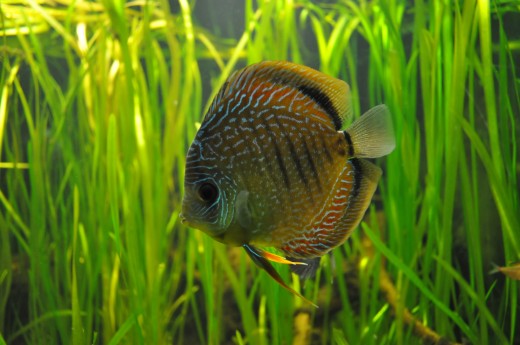
The utilization of a hospital tank is a vital aspect towards proper aquarium health. Hospital tanks are also referred to as quarantine tanks and can serve multiple purposes. In general, most new aquarium hobbyists do not utilize a hospital tank because they are unaware of basic aquarium diseases and/or they simply feel they don't need a hospital tank. In the following article I will discuss the practical uses and purposes of a hospital/quarantine tank as well as the basic setup for hospital tanks.
A hospital or quarantine tank is an aquarium separate from that of a display aquarium. The main purpose of a hospital tank is to prevent the addition of any diseases into a display aquarium. When new fish are acquired from any source they should be quarantined in the hospital tank to monitor for any potential diseases and for overall general health of the new species. The quarantine time period can range anywhere from 2 to 4 weeks depending on the preferences of the hobbyist, but in my experiences a 4 week quarantine is ideal. When aquarium fish are purchased in local fish stores they may appear healthy but this can be deceiving as many diseases can be present without exhibiting any visible symptoms.
As previously stated, hospital tanks are often under-utilized by new hobbyists as it can be perceived as an extra cost and extra work. Any experienced aquarist will advocate for the use a hospital tank though as the introduction of a disease to a display tank can cause significant amounts of stress and possible death to fish that are already established in the tank. The initial cost of setting up a hospital tank will offset itself in the future as less money will be put towards medications and replacing dead fish. Another benefit of a hospital tank is that new specimens can be introduced into a low stress environment with little to no competition. This will help the hobbyist get the specific species accommodated to the particular water conditions and make sure that it is eating adequately. This is especially important for species that are shy, sensitive, or picky eaters.
For hobbyists that maintain aggressive species such as cichlids, hospital tanks are all the more important because of injuries during aggression outbreaks. If a new fish or even well established fish is being significantly picked on in a display aquarium it can be removed and isolated in the hospital tank. This not only allows the injured and stressed fish a chance to recuperate but it also gives the hobbyist time to decide if a certain fish will have to be permanently removed from the display tank due to its aggression. In addition, if a fish is being picked on it is susceptible to secondary infections. Furthermore, local aquarium stores will be much more willing to take a fish as a trade-in that has been rehabilitated back to health in a hospital tank versus a stressed out fish with fin and body damage.
Hospital tanks should be smaller than the hobbyist's main display tank so potential medications can be utilized as efficiently and effectively as possible. Hospital tanks typically are in the range of 5 to 20 gallons depending on how large the hobbyist's display tank is and how large the species being maintained in the display tank will be. Of course there are circumstances in which a larger tank would have to be used if the hobbyist is maintaining very large specimens. Accessories for a hospital tank include a dark background and a basic filter. Both sponge filters and hang on the back power filters can be utilized with my preference being power filters. Remember to remove the carbon if you are medicating a hospital tank as running a power filter with carbon will filter out the medication from the water. I generally use a bare bottom approach in my hospital tanks, but I have used thin layers of substrate in the past with no negative results. Just make sure if you are using substrate in a hospital tank you are only covering the bottom of the tank as a thick layer of substrate will lead to a higher possibility of built up impurities in a smaller aquarium.
Of course you want to emulate the parameters of your display tank as closely as possible in your hospital tank so make sure that the temperature, Ph, and other parameters are the same. Make sure to provide some hiding places and security in your hospital tank along the lines of PVC piping, clay or plastic pots, and artificial plants. Some of the more hardy live plant species could be incorporated into a freshwater hospital tank but the plants may not respond well to the introduction of certain medications. For a saltwater hospital tank the hobbyist can add a few pieces of live rock as a means of additional natural filtration but these should not be prized pieces of rock as certain medications used in the tank may negatively impact the live rock. Important products to have on hand for your hospital tank are a quality water conditioner, aquarium salt for stress reduction, anti-fungal, anti-bacterial, anti-parasite, and ich medications.
As you can tell by now hospital tanks serve multiple purposes including monitoring new species for disease, giving sensitive species adequate time to adapt to new conditions, making sure new specimens have a healthy appetite, isolating specimens that acquire a disease in the display tank, and separating fish that are getting picked on. In the end, many hobbyists who do not utilize a hospital tank wish they had after experiencing a problem and those who abide by the use of a hospital tank are thankful for all the headaches it saved them. Any questions are welcome, happy fish keeping!

